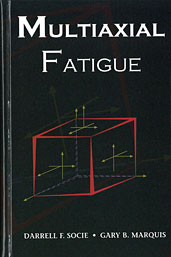Technical Paper
A Modular Power System Architecture for Military and Commercial Electric Vehicles
2010-11-02
2010-01-1756
Numerous modern military and commercial vehicles rely on portable, battery-powered sources for electric energy. Due to their highly specialized functions these vehicles are typically custom-designed, produced in limited numbers, and expensive. To mitigate the power system's contribution to these undesirable characteristics, this paper proposes a modular power system architecture consisting of “smart” power battery units (SPUs) that can be readily interconnected in numerous ways to provide distributed and coordinated system power management. The proposed SPUs contain a battery power source and a power electronics converter. They are compatible with multiple battery chemistries (or any energy storage device that can produce a terminal voltage), allowing them to be used with both existing and future energy storage technologies.

